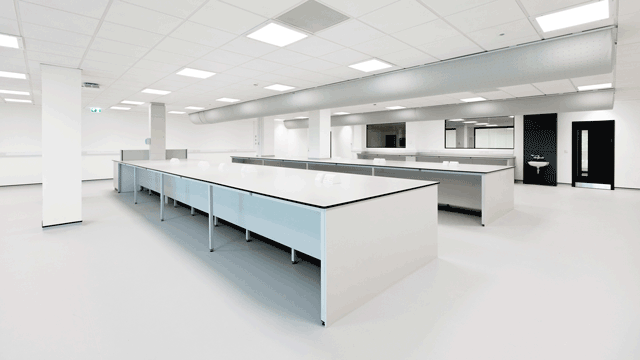 It would be interesting to conduct a survey of occupiers to see if, given the choice, they would rather have their water or data connectivity cut off. This may sound extreme, but the answer would undoubtedly illustrate just how high up the list connectivity is for almost every occupier. And the ability to understand how effectively and quickly a building can connect is now business-critical.
It would be interesting to conduct a survey of occupiers to see if, given the choice, they would rather have their water or data connectivity cut off. This may sound extreme, but the answer would undoubtedly illustrate just how high up the list connectivity is for almost every occupier. And the ability to understand how effectively and quickly a building can connect is now business-critical.
This doesn’t just apply to speed and availability of connections, but in resilience. “Downtime”, once a regular occurrence, is now rare. Anything less than immediate resolution is met with irritation by employees and, crucially, clients, who are able and willing to switch supplier at the push of a button.
Downtime is headache enough for conventional businesses, but for an e-commerce business, connectivity issues and extended downtimes could be nothing short of terminal.
Most occupiers have a key member of staff responsible for office moves – in the case of larger companies this could be a team of people. Their key priority is to make the move as smooth as possible. It is also crucial to be able to compare options on a like-for-like basis.
Being able to measure and quantify what a prospective new building offers helps tremendously in this process, whether it is lux levels, occupational densities, lift speeds. Connectivity is easier to ascertain in a new building such as White Collar Factory – which is one of the most connected buildings in London – but less so in an older building. Having a certificate as reliable as a BREEAM standard, but covering connectivity and infrastructure, is an effective way of overcoming this issue.
It is entirely conceivable that the importance of connectivity will continue to evolve beyond the realms of simple comparison. Indeed, the process could be reversed, such that an occupier could be briefed that the “first cut” of possible buildings in a new location would be by general geography, size and connectivity. Occupiers will simply not want to engage in an option that does not offer unquestionable connectivity. Investors should keep connectivity front of mind when considering their existing and prospective assets.
Richard Howard is senior director, central London leasing, at Cushman & Wakefield











